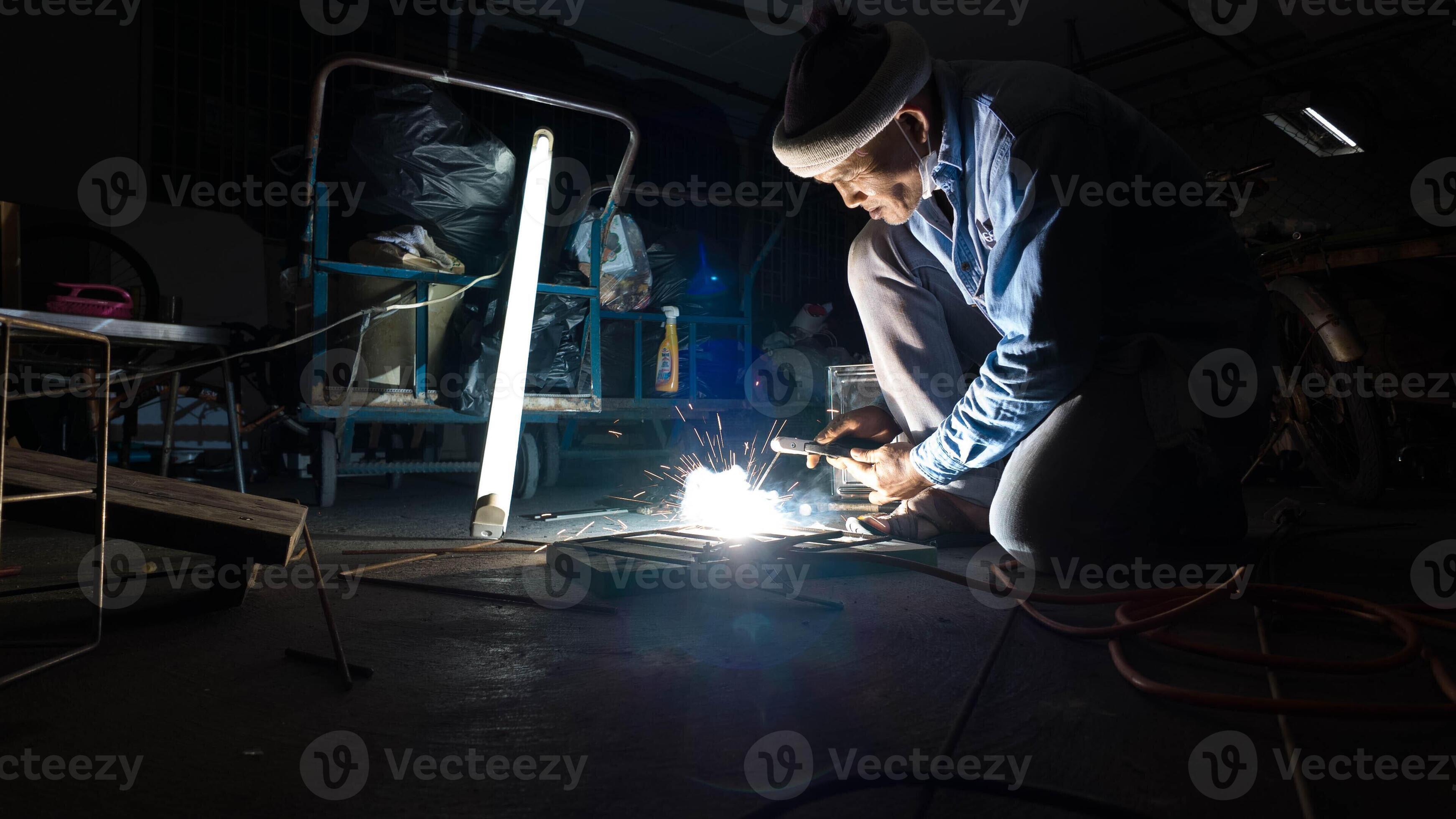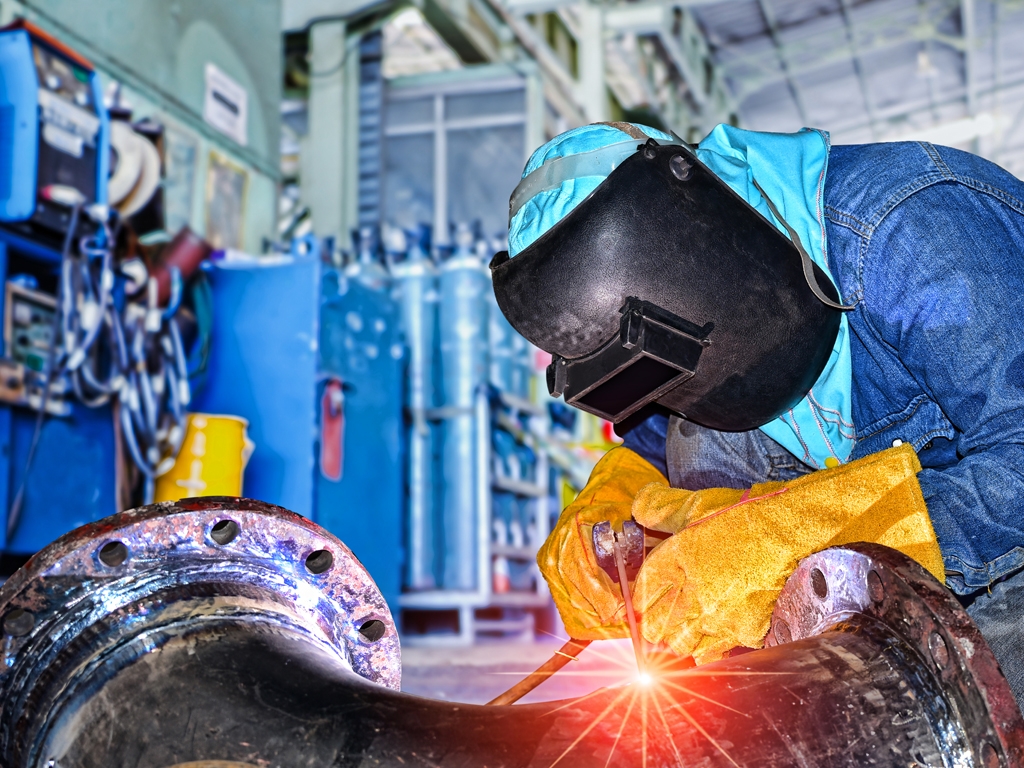All Regarding Welding: Key Insights Into Techniques and Finest Practices for Success
Welding includes a variety of methods, each matched for certain materials and applications. Recognizing these approaches, such as GMAW, SMAW, and TIG, is crucial for attaining optimal outcomes. The right tools and safety methods can not be neglected. As preparation and repairing play important duties in the welding procedure, understanding these components can considerably boost the high quality of the final item. What are the key aspects that assure an effective weld?
Understanding Different Welding Methods
Welding strategies include a selection of approaches, each suited to details applications and materials. Among the most usual methods are Gas Metal Arc Welding (GMAW), Shielded Metal Arc Welding (SMAW), and Tungsten Inert Gas Welding (TIG) GMAW, likewise understood as MIG welding, is preferred for its rate and adaptability, making it suitable for thin products. SMAW, or stick welding, is preferred for its simpleness and efficiency in outside atmospheres, particularly with thicker metals. TIG welding offers accuracy and control, making it appropriate for detailed job and non-ferrous metals (Montana Mobile Welding and Repair Belgrade). Each strategy has its unique benefits and factors to consider, enabling welders to pick the best technique based upon the job's needs, material kind, and desired end results. Comprehending these techniques is important for successful welding
Necessary Welding Tools and Devices
While numerous welding methods need specific abilities, the appropriate devices and tools are similarly important for accomplishing high quality results. Essential welding tools consists of welding machines, which differ relying on the strategy-- such as MIG, TIG, or stick welding. Protective equipment, including handwear covers, headgears, and aprons, guarantees safety and convenience throughout the process. On top of that, components and clamps aid secure products in position, making certain accuracy in welds. Consumables like welding rods, wire, and protecting gas are additionally important components that influence the top quality of the weld. Moreover, tools such as cutters and grinders assist in surface prep work and post-weld ending up, contributing to a professional end result. Buying high-grade equipment ultimately boosts the effectiveness and efficiency of welding jobs.
Safety And Security Practices in Welding
Proper safety techniques are crucial in the welding sector to secure workers from potential threats. Welders should use suitable personal protective devices (PPE), including safety helmets with correct shading, gloves, and flame-resistant clothes. Sufficient air flow is important to reduce direct exposure to dangerous fumes and gases created throughout the welding procedure. Furthermore, employees need to be learnt the correct handling of welding devices to avoid mishaps. Fire security procedures, such as keeping flammable products away from the welding location and having fire extinguishers conveniently available, are needed. Regular examinations of tools and offices can aid determine potential hazards prior to they lead to crashes. By adhering to these safety techniques, welders can create a safer working atmosphere and decrease threats connected with their trade.
Readying Products for Welding
Preparing products for welding is a vital step that substantially affects the high quality and honesty of the last item (Montana Mobile Welding and Repair Belgrade). Appropriate prep work entails cleaning up the surface areas to eliminate impurities such as oil, rust, and dirt, which can jeopardize the weld. Methods such as grinding, fining sand, or utilizing solvents are frequently used to attain a tidy surface area. Furthermore, making certain that the products fit together snugly is essential; voids can bring about weak welds. It's likewise important to take into account the positioning and positioning of the elements, as this will certainly affect the simplicity of welding and the last result. Lastly, choosing the proper filler product and making sure compatibility with the base metals is crucial for achieving solid, durable welds
Tips for Achieving High-Quality Welds
Accomplishing premium welds requires attention to information and adherence to best practices throughout the welding process. Proper joint preparation is necessary, making certain surface areas are free and clean from impurities. Picking the appropriate filler material and welding technique based on the base metals is crucial for suitable bonding. Preserving consistent traveling speed and angle while welding can advertise and protect against issues harmony. In addition, managing warmth input is essential; too much warm can lead to bending and weakened joints. If required, routinely examining the welds during the procedure allows for immediate changes. Ultimately, using ideal post-weld treatments, such as cleansing and tension relief, can boost the durability and stability of the weld, inevitably making certain a successful outcome.
Fixing Usual Welding Issues
Welding commonly provides obstacles that can affect the quality and stability of the last product. Typical concerns such as porosity, irregular weld beads, and overheating can develop, each calling for certain fixing strategies. Recognizing these problems is necessary for welders to boost their abilities and achieve optimal outcomes.
Porosity Issues Discussed
Although porosity can often be ignored, it stays a vital problem in welding that can jeopardize the integrity of a finished item. Porosity describes the presence of small gas pockets within the weld bead, which can lead and compromise the joint to premature failing. This trouble usually occurs from pollutants, dampness, or improper click here for more info shielding gas coverage during the welding procedure. To alleviate porosity, welders ought to confirm that the base products are completely dry and clean, make use of ideal securing gases, and maintain consistent welding parameters. Routinely evaluating the devices and setting can likewise assist determine potential problems before they materialize in the weld. Attending to porosity successfully is necessary for achieving strong, sturdy welds that meet quality criteria.

Irregular Weld Beads
Irregular weld grains can considerably impact the high quality and toughness of an ended up product. Numerous aspects add to this issue, consisting of improper travel speed, inaccurate amperage setups, and inconsistent electrode angles. When the welder relocates as well promptly, a bead might appear slim and do not have infiltration, while relocating as well gradually can trigger too much build-up. Additionally, using the incorrect amperage can result in either undercutting or excessive spatter, both of which concession weld stability. The welder's strategy, such as irregular lantern motion, can likewise cause unequal bead look. To alleviate these issues, welders must web concentrate on preserving steady, controlled activities and guaranteeing proper devices setups to accomplish uniformity in their welds. Consistency is vital to accomplishing dependable and strong welds.
Overheating and Bending Issues
Too much warm throughout the welding process can lead to significant overheating and deforming problems, impacting the structural honesty of the work surface. These problems often materialize as distortion, which can jeopardize positioning and fit-up, making additional assembly challenging. Elements adding to overheating include the selection of welding criteria, such as voltage and take a trip rate, in addition to the sort of material being bonded. To reduce these problems, welders must keep constant travel speed and proper warmth input while keeping track of the work surface temperature. In addition, pre-heating or post-weld warm therapy can assist relieve stresses created by quick air conditioning - Montana Mobile Welding and Repair Fabrication. Normal examination and adherence to best techniques are necessary in stopping overheating and making certain the long life and dependability of welded frameworks
Often Asked Concerns
What Are the Career Opportunities in the Welding Industry?
The welding sector offers diverse occupation opportunities, consisting of settings as welders, examiners, engineers, and instructors. Experts can operate in production, building and construction, aerospace, and automobile sectors, profiting from strong demand and affordable incomes in different roles.
Exactly How Can I Improve My Welding Rate Without Giving Up Quality?
To boost welding speed without giving up high quality, one must practice effective smart welds techniques, preserve tools, optimize setups, and improve hand-eye coordination. Normal training and looking for feedback can additionally greatly add to accomplishing faster, high-grade welds.
What Certifications Are Available for Welders?
Many certifications exist for welders, including those from the American Welding Culture (AWS), the National Center for Construction Education and Research (NCCER), and various industry-specific companies. These credentials boost employability and show ability proficiency.
How Does Welding Affect the Features of Metals?
Welding affects the residential or commercial properties of steels by modifying their microstructure, which can bring about adjustments in firmness, stamina, and ductility. Heat input and air conditioning rates throughout the procedure considerably affect these product characteristics.
Can I Bonded Dissimilar Metals Together?
